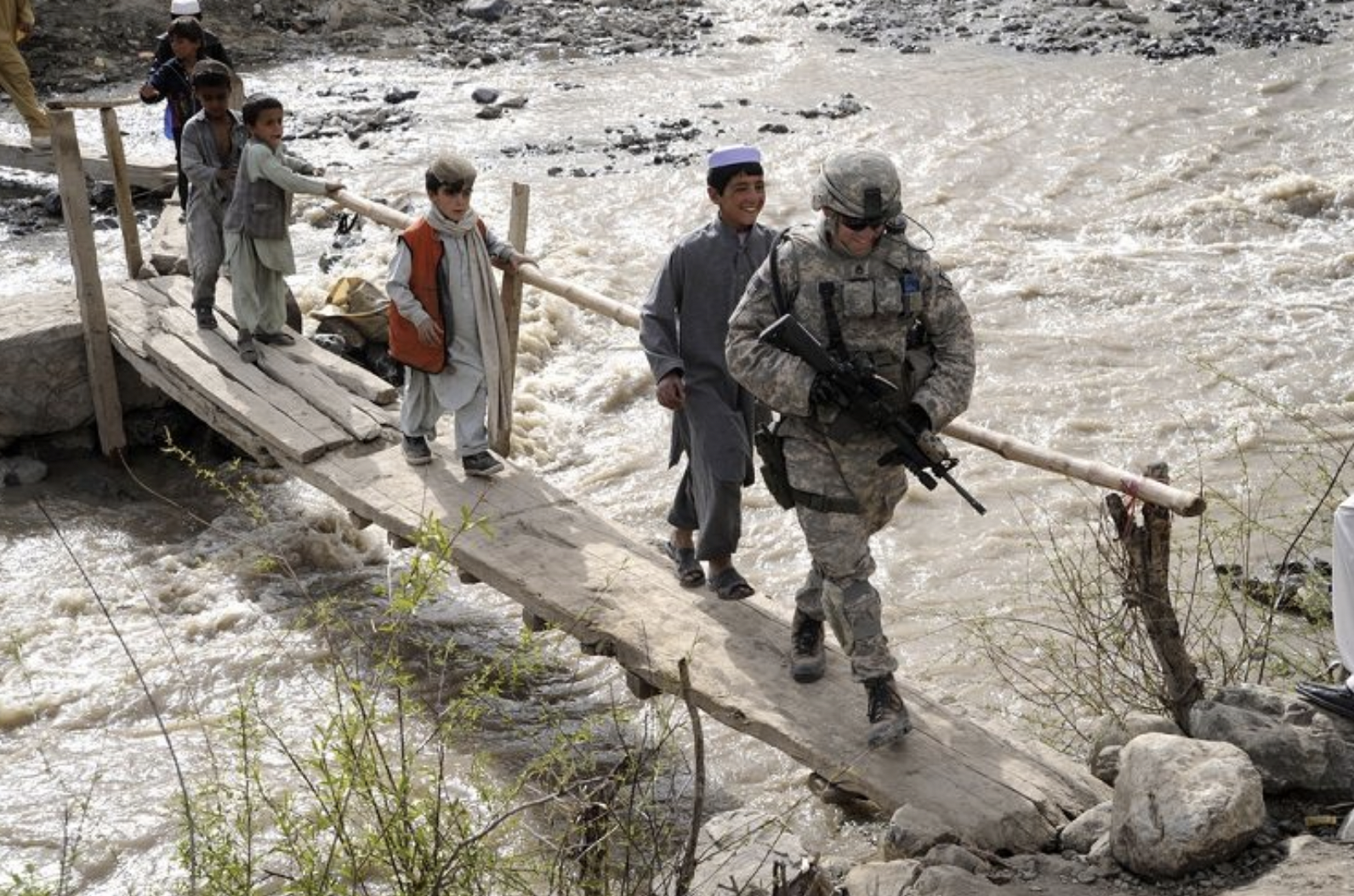Afghanistan: A Subaltern State Suffering from Terrorism

Afghanistan is one of the few countries in Asia who gained her independence even before other major regional powers but continues to face severe problems in its geography today. Since 1979, torn by internal and external threads, this century-old country is trying to survive despite its weakness and immense and continuing immigration rates. Among all its problems, Taliban-sourced terrorism is taking the lead. The sources of the threats are not only limited to the Taliban but also consist of some other extremist Islamist groups, including the Haqqani Network, Al Qaeda, ISIS/ISIL, Lashkar-e-Tayyiba, and Tehreek-e-Taliban. The Afghan National Defense and Security Forces (ANDSF) assert control over the state by providing safety and security to stabilize the situation inside the country. Despite the 350.000 manpower, it is difficult to control the area for ANDSF.

According to NATO officials, the Government of the Islamic Republic of Afghanistan (GIRoA) controls just about more than half of the whole territory. Military operations are carried out countrywide by ANDSF, however, there is still a long way to go for the official authorities to solve the issue of terrorism issue all around the country, as Taliban still hold effective power in most parts. Taliban are particularly strong in Kunduz, Helmand, Nangarhar, and Uruzgan and execute continuous raids on cities, towns, army bases, static positions and other places under the control of the government. Taliban militants cut communication lines, carry out assassinations and conduct Improvised Explosive Device (IED) attacks in the provisional capitals. After capturing an area to establish the order, the Taliban recruit supporters, train forces, collect taxes, and appoint governors. In the southern province of Ghazni for instance, Taliban insurgents attacked the prison, killed dozens of police officers and freed around 300 prisoners. The most striking case was the capturing of the strategic northern city of Kunduz by the Taliban in September 2015. With this well-planned and coordinated assault, insurgents seized a major urban area for the first time since 2001. After the occupation, Taliban insurgents looted bazaars, shops, strategic buildings, and even some of residential houses. But this was not the only attempt on the area by the Taliban. A year later, in October 2016, they carried out another assault on the same place. This time insurgents could not stay longer. With the help of coalition forces, ANDSF repelled the insurgents and took back control of the city in a short time. These two events show that before the upcoming winter periods Taliban attempt to seize control of as many areas as possible in order to demonstrate that they continue to hold power. However unsuccessful, these kinds of attempts dramatically weaken the government’s political effectiveness.
NATO forces are also supporting GIRoA and its security forces in the region. NATO joined Afghanistan as part of aUnited Nations-mandated International Security Assistance Force (ISAF) from August 2003-December 2014. Since the beginning of this operation, NATO forces led by US troops retained a strong presence in the country with the aim of fighting against several terrorist groups. NATO gradually downsized the number of military personnel due to relatively stabilized conditions. Currently, there are around 13.400 troops in Afghanistan, compared to more than130.000 in the beginning. Of this 13.400, 8.400 troops belong to the US military, making the USA the largest foreign military presence in Afghanistan. In August 2017, US President Trump declared a radical change in US’sAfghanistan policy, by waging war against ISIS, al Qaeda and Taliban, whom US holds responsible for the terrorist attacks on the US homeland. Therefore, the Obama administration’s former plans to downsize the US military presence in the region is now being reversed.During the same period, NATO forces were directly participating in the security operations and trying to reshape the structure of the Afghan national military force. Since January 2015 NATO started a “Train, Advise, and Assist” (TAA)mission to support the Afghan military authorities and troops. Today Afghanistan has its own operational national defense and security forces with the ability to conduct counter-terrorism and security operations country-wide.Despite some deficiencies of these separate governmental security organizations, such as the Afghan National Army(ANA) and the Afghan National Police (ANP), these work together in an effort to execute successful operations.
The developments in Afghanistan will naturally be slow in regard to the elimination of the influence of Taliban and other groups, as the country’s economic and political environment is still chaotic. The country will have to build a modern government system while strengthening its army. Here, the main challenge is the absence of a strong and sustainable macro economy, which hampers political and military organization and development efforts. Therefore, it can be concluded that this crucial fight against terrorism is not likely to end in the foreseeable future.
https://www.e-ir.info/2017/09/22/afghanistan-a-subaltern-state-suffering-from-terrorism/